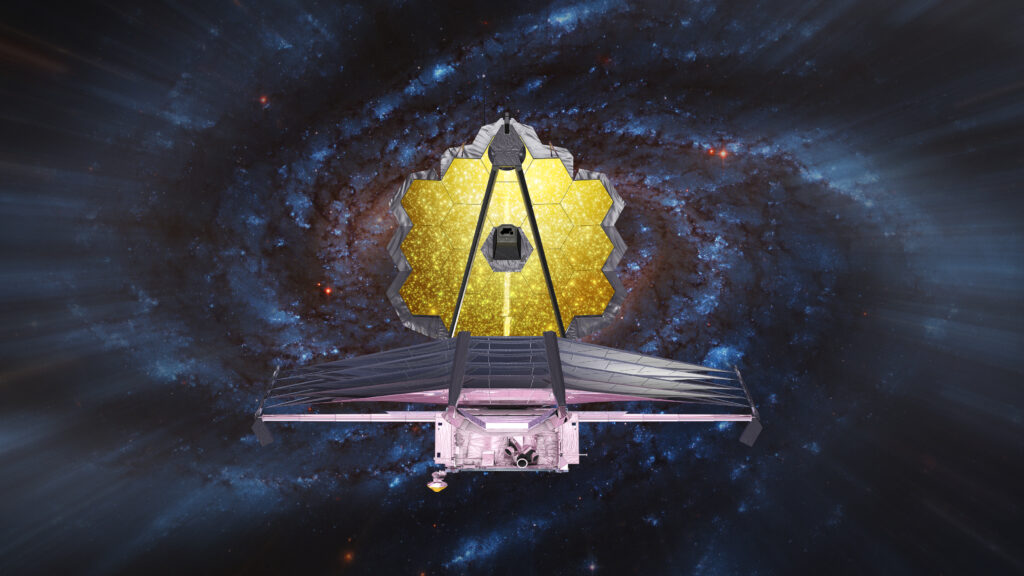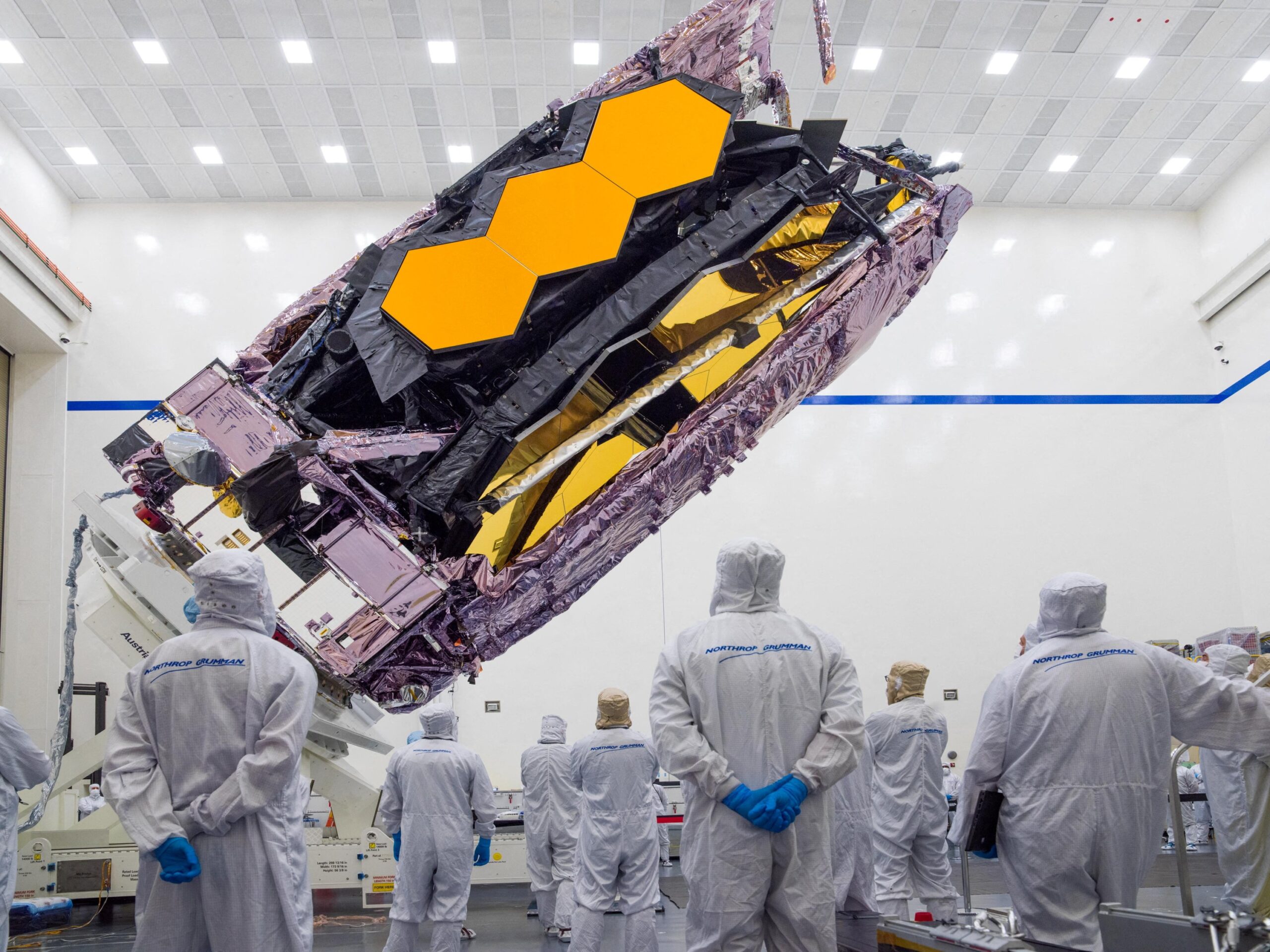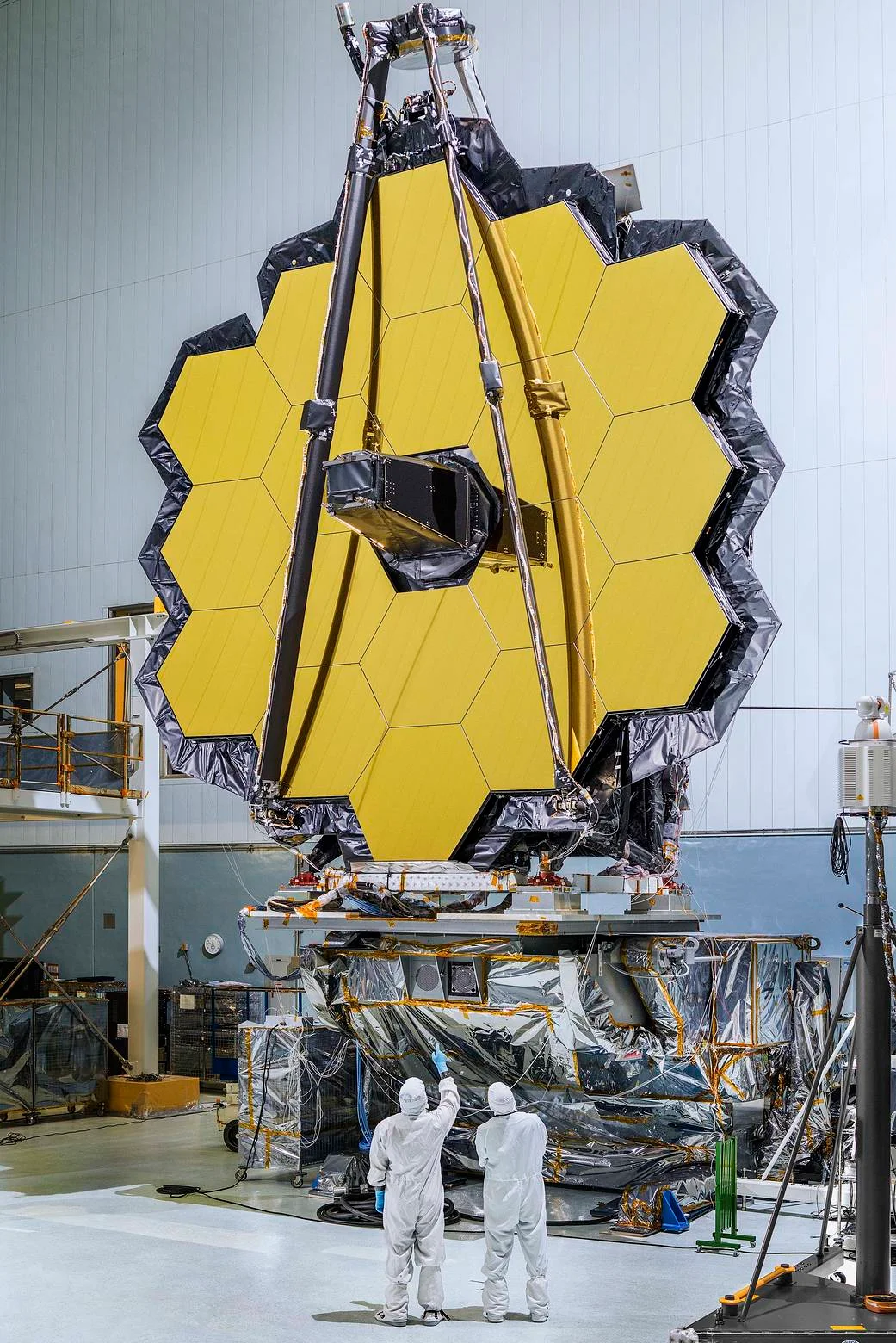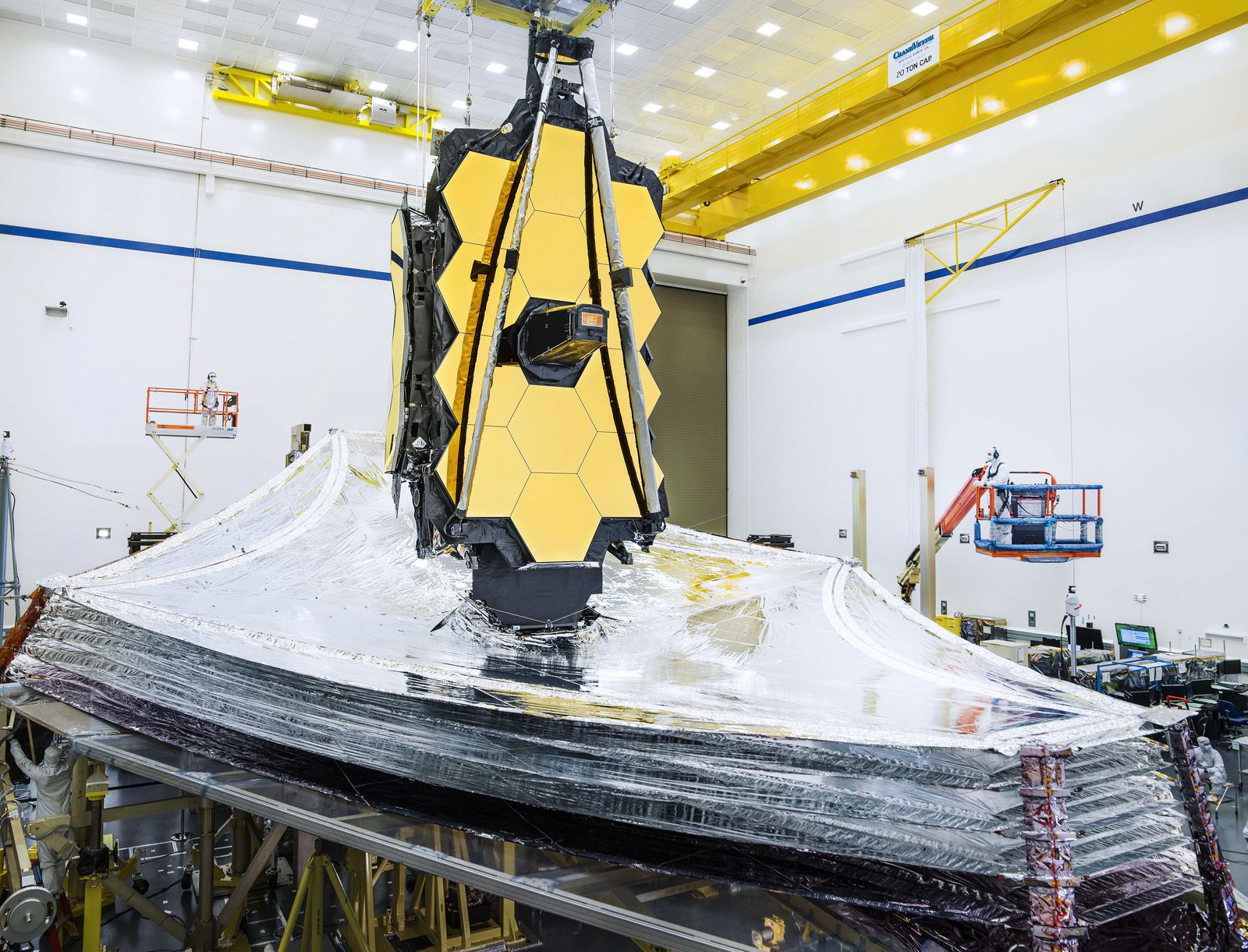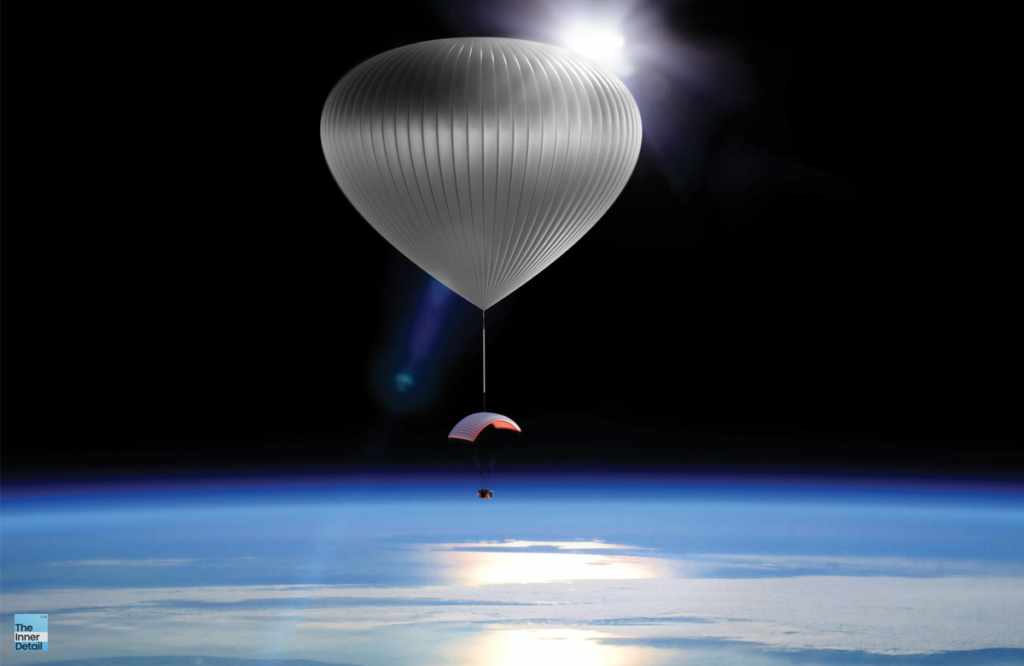James Webb Space Telescope includes itself as the top-one of the most incredible designs ever made in the history of world. Fabricated for launch on 25th December 2021, the $10 Billion Space Telescope, the costliest equipment used for any purpose took charge on 12th July 2022, capturing the first-ever broad image of the universe, mankind had ever witnessed. The whole world was awed by the released pictures of JWST.
James Webb Space Telescope (JWST) expels to be the great, owing to its capabilities to render the image from infrared waves i.e., from heat, not the usual visible light waves which causes our vision. As the infrared waves have longer wavelengths than visible light, it can pass through dense regions in space, enabling to reveal the objects in the universe that visible light had failed to do so.
This science is vital to understand the topic – why James Webb Space Telescope is like a Cosmic Time-Machine or how JWST sees back in time. It’s more interesting as you read through, I believe.
In-fact the images taken by JWST (available below), is what it looked like 13 billion years ago. Confusing, isn’t it? Continue reading to untie the knot.
Time-Travelling with JWST
Looking back in time may be a futuristic concept for people, but that’s what space researchers do every day.
Bounded by a set of common physics rules, our Universe in no circumstances defies them, although quantum world does. Under all those rules, speed of light too exists, defined as “light travels at 300,000 kilometers per second” (approximately). This light includes all wavelengths across the electromagnetic spectrum.
Every thing that enables us to see is a reflection of light to our retina. Light falls on an object and gets reflected back to the eye, which is why we see it. This reflection is instant as light travels at remarkable speed. In the aspect, the moon you actually see is what it was 1.3 seconds ago. For sun, it’s 8 minutes. Meaning, light had taken 1.3 seconds after reflection from moon to reach our eyes. And from sun, it took 8 minutes.
Now it might be clear I suppose. Similarly,
the images that JWST had released recently is light from the universe with galaxies, a billion years ago.
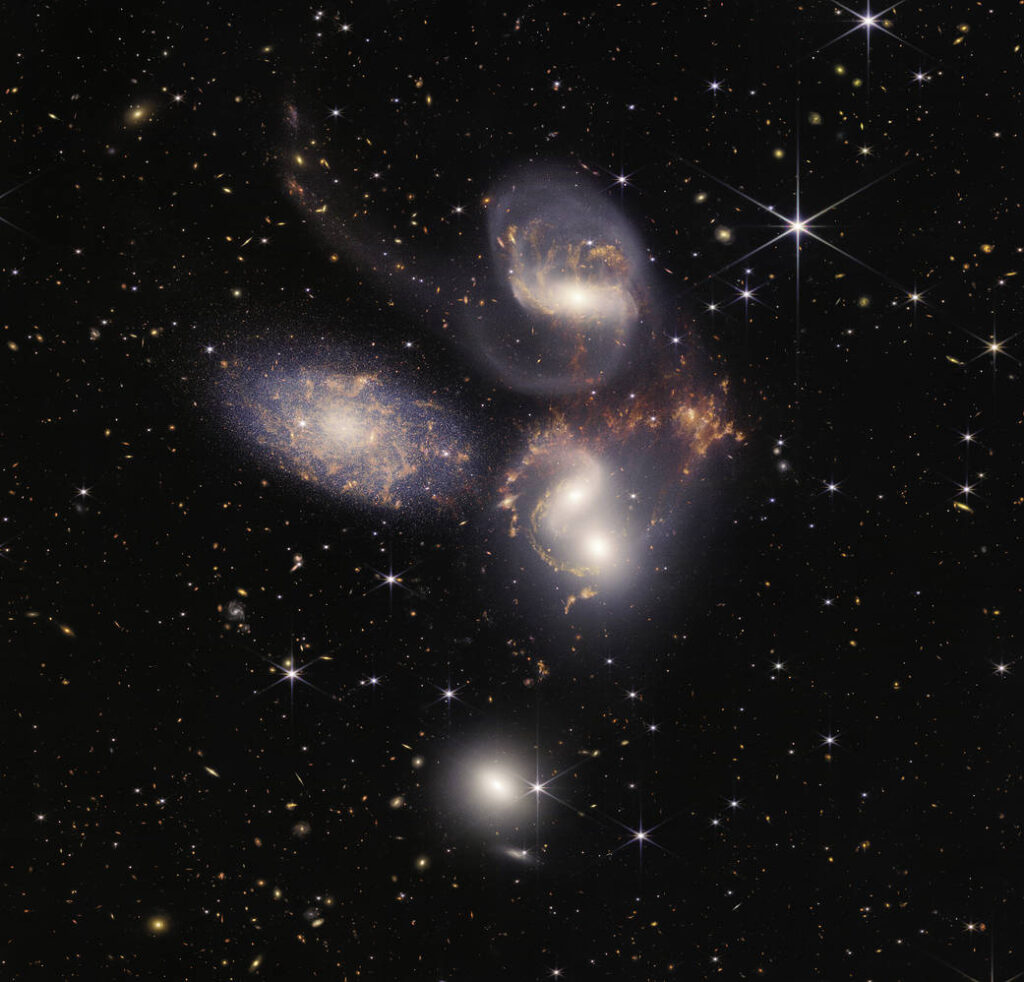

Scientists of NASA are confident that the telescope will uncover the first 100 million years after the formation of Universe detailing the big-bang theory, the oldest galaxies of the universe and how galaxies are formed and change over time, and how this change rely critically on dark matter, which takes 95% of the space in the Universe. In short, Webb will explore the process of galaxy evolution to an unknown extent.
Further, Webb indeed have peculiar functionality of analyzing the wavelengths of light around a planet and elaborate the chemistry of that planet, atmospheric water content, and provide clues if any water exists in any moons of Jupiter or Saturn.
Besides our own solar system, “James Webb is designed to watch planets in other galaxies too, in aim of finding a habitat planet among the hundreds of billions of planets floating in the universe,” Natalie Battaglia who is an astrophysicist, explains.
“There has to be one planetary system with the star having seven planets orbiting it and the star is only about 40 light years away. So, it’s a great target to study and it has three earth-sized planets orbiting in where life could potentially exist”, she added. This will be the first target of Webb on exploration of planets.
How big is Universe?
Normally the distances between planets or galaxies, measurements of universe are expressed in light-years (1light-year = 9.46 trillion km, which is speed of light/second calculated in years). The very first galaxies 13.7 billion years ago (from the first 100 million years after Big Bang), is not actually 13.7 billion light-years away, but 46 billion light-years away, due to the expansion of universe. Universe is found to be constantly expanding because of a phenomenon called “dark energy”, which takes about 72% of Universe today.
Related Posts
As universe expands, dark energy contributes to its expansion. Concludingly, universe though 13.8 billion years old, it has actually expanded to about 93 billion light-years across.
Wonders & Realization of Universe – Opinion
The ever-growing technology that lets us to untie the mysteries of the cosmic universe, also connotes that we had just now started to explore the outside of earth and there’s a long non-ending way to understand the Universe, its formation and everything, that would add much worth and benefit to mankind. Wonders are always outside the box!
The feat of James Webb Space Telescope is as remarkable as letting everyone know that we are all a speck of dust, trying to leave an impact in this universe as mankind.
“Look again at that dot. That’s here. That’s home. That’s us. On it everyone you love, everyone you know, everyone you ever heard of, every human being who ever was, lived out their lives. The aggregate of our joy and suffering, thousands of confident religions, ideologies, and economic doctrines, every hunter and forager, every hero and coward, every creator and destroyer of civilization, every king and peasant, every young couple in love, every mother and father, hopeful child, inventor and explorer, every teacher of morals, every corrupt politician, every “superstar,” every “supreme leader,” every saint and sinner in the history of our species lived there–on a mote of dust suspended in a sunbeam.”
― Carl Sagan, Pale Blue Dot: A Vision of the Human Future in Space
(For more such interesting informational, technology and innovation stuffs, keep reading The Inner Detail).
